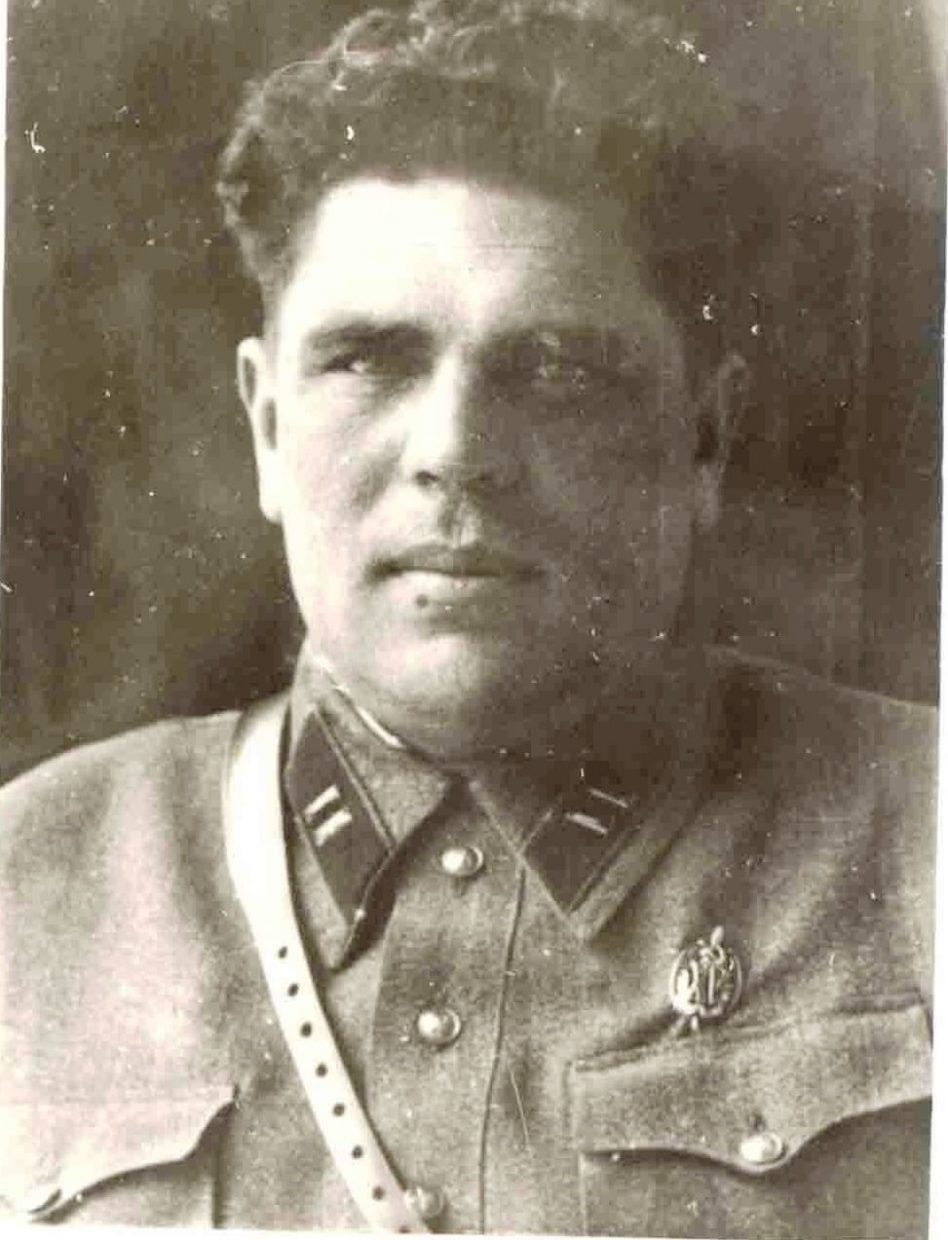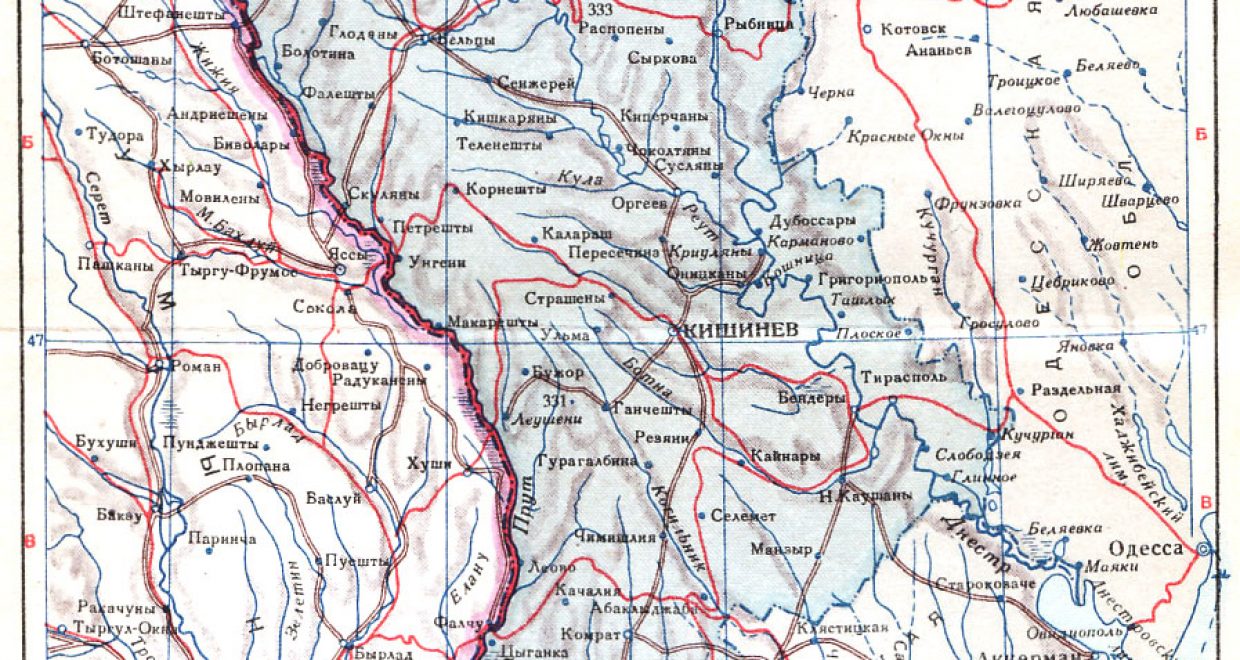Who was Iosif Lavrent’evich Mordovets?
This accompanies Igor Cașu’s Contemporary European History article Police vs. Party? Institutional Hierarchies and Agency in Soviet Moldavia, 1944–1952
This article explores the career of Iosif Lavrent’evich Mordovets who was the chief of the Soviet political police in the Moldavian Soviet Socialist Republic (MSSR) for more than a decade (1944-1955). His long career as a chekist started in Ukraine in the early 1930s continuing through the Great Terror in 1937-38 into 1940-41 Romanian Bessarabia occupied by the Soviet Union. Mordovets took part in major repressive and terror operations in 1940-41 (as adjunct NKVD/NKGB commissar) and from 1944 to the early 1950s period. He can be seen as a “Moldavian Beria”. Unlike Lavrenti Pavlovich, however, Iosif Lavrent’evich survived safe and sound, both during the late Stalinist and post-1953 chekists’ repressions. He was indeed quite astute and influential since his career in the ‘organs’ resulted only in a severe reprimand from the Bureau of CC of CP of Moldavia in 1954. He kept his privileges, a personal state pension and his house in downtown Chișinău. Moreover, his son became KGB boss in 1967 in Tiraspol, the third largest city in Soviet Moldavia. In 1973, three years before his death, the CC of CPM even removed Mordovets’ severe reprimand. Based on data from the Chișinău KGB, MVD and party archives, my hypothesis is that he must have played a leading role in the Sovietisation of MSSR in the aftermath of WWII. More specifically, I wanted to investigate how his relations with the republican party leaders unfolded since the party was officially the hegemonic institution. Working subsequently in the Moscow archives (the party archives, RGASPI, and state archives, GARF) my discoveries confirmed my supposition. I argue that Mordovets was behind the demotion of the ad interim first secretary Nikita Salogor in July 1946, and the naming of Nicolae Coval – both Romanian-speaking Moldavians from the Left Bank (ex-MASSR, a part of Ukraine in the interwar period). The removal of Salogor came from a clash between Soviet Moldavian nationalism and Soviet Ukrainian nationalism, the root of discord coming from northern and south districts of Bessarabia annexed to Ukraine in 1940. The departure of Coval also has to do with MGB. Leonid Brezhnev (1950-52), Coval’s successor, is the first post-war Moldavian party leader to put an end to Mordovets’ leading role in the MSSR. Brezhnev appointed his trusted man, Semion Tsvigun, as MSSR MGB’s deputy minister, and who later became the USSR KGB’s deputy chief under Andropov – also on Brezhnev’s insistence.
Finally, I draw on a recent reference book by Gorlizki and Khlevniuk on Substate Dictators (Yale University Press, 2020) to circumscribe my case study in the all-Union developments under late Stalinism, and to explain which factors determined the nature of relations between the political police and the republican party organisation in Soviet Moldavia. I argue that behind that phenomenon one should include the personal agency of Mordovets, the status of the MGB in the Soviet institutional design, and the role of the MSSR as a highly sensitive borderland area with a Romanian-speaking majority recently annexed from Romania (a Soviet maverick satellite after 1944).

Police vs. Party? Institutional Hierarchies and Agency in Soviet Moldavia, 1944–1952 by Igor Cașu
Main image: 1940 Soviet map of the Moldavian SSR







This is a fascinating biographical sketch of a little-known (but crucial) figure of the Soviet security apparatus on the USSR’s periphery. I am looking forward to reading the entire article!
thanks, Andrei! The article will be published in print version in 32.1 2023.